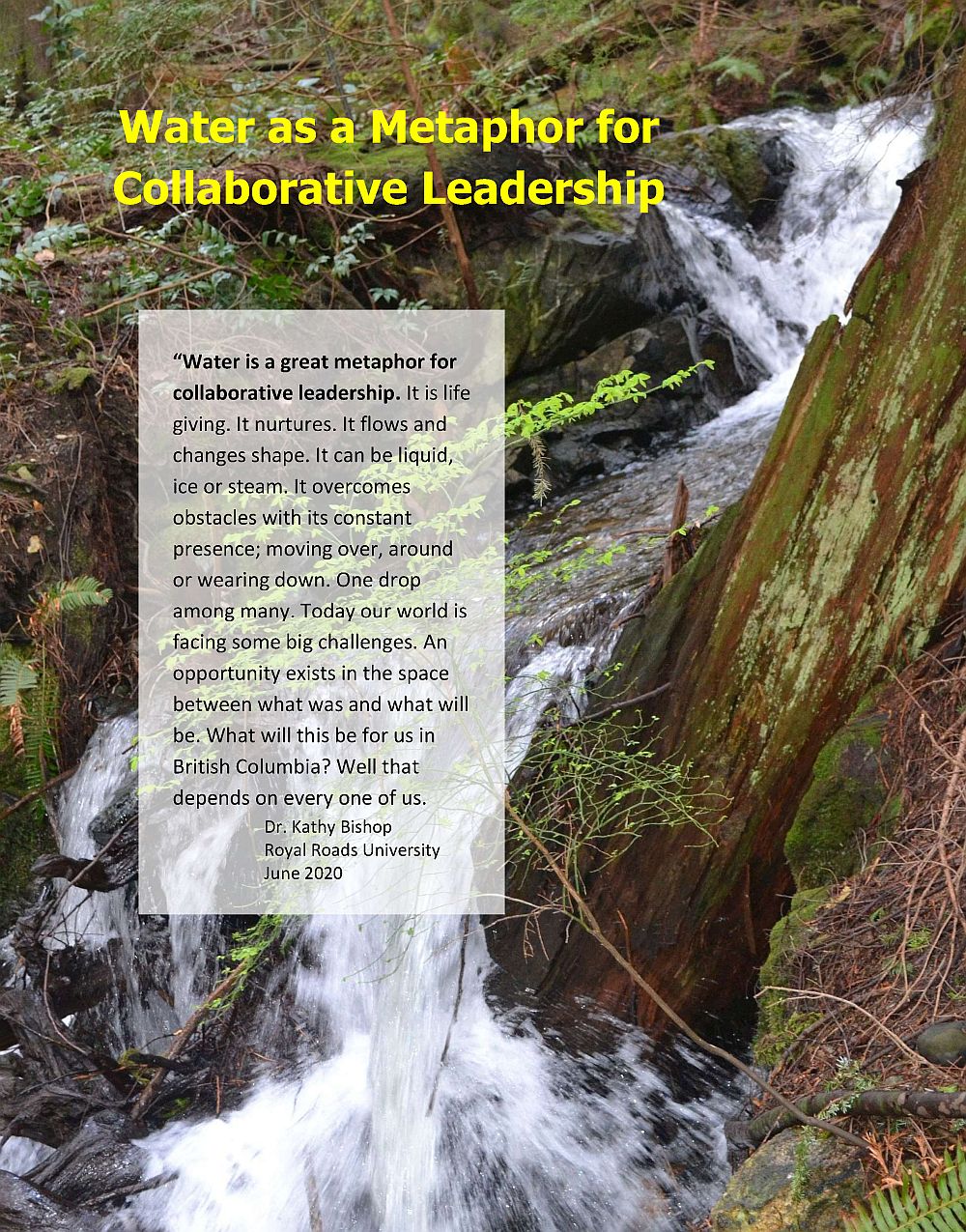Adapting to Climate Realities / Context and History Do Matter!
NOTE TO READER:
Welcome back from the summer hiatus! With that greeting, we begin another season (September 2021 through June 2022) of Waterbucket eNews, the weekly newsletter published by the Partnership for Water Sustainability in BC on Tuesdays. In this edition, we preview some of what you can expect to read about in the weeks ahead. If governments and community leaders are serious about adapting to BC’s new climate reality, then it is essential they understand why context and history do matter!That is our unifying theme.
Last season, the Partnership published 34 feature stories over a 9-month period. Many readers tell us that they are inspired by the stories of those who we profile, celebrate and honour. To facilitate further sharing of success stories, downloadable versions are now available on the waterbucket.ca website at Living Water Smart in British Columbia: The Series.
“SHARE INFORMATION. INFORM DECISIONS.” This soundbite lines up nicely with the mission of Waterbucket eNews which is to help our readers make sense of a complicated world. As our regular readers know well, we shine the spotlight on the leadership of individuals and organizations who are guided by the vision for Living Water Smart, British Columbia’s Water Plan. Released in 2008, Living Water Smart was the provincial government’s call to action, and to this day transcends governments.

EDITOR’S PERSPECTIVE
By Kim Stephens, Executive Director, Partnership for Water Sustainability in British Columbia
“The warming of the planet’s atmosphere is causing water to move more quickly and disruptively through the global water cycle. Flood, drought, fire, wind and cold – extreme events are becoming the norm. Instabilities in the water cycle are increasingly apparent.”
I wrote that paragraph in September 2017. Four years later, it aptly describes what is “the new reality” in British Columbia. Looking back, in 2015 the West Coast of North America crossed an invisible threshold into a different hydro-meteorological regime. And it happened faster than anyone expected. We are now in Year Seven of longer, drier summers and warmer, wetter winters.
In the moment, extreme events can be overwhelming. But the big picture situation is by no means hopeless. My key message is to view climate change as another variable, not a driver. Understand the system context because climate adaptation is about water, whereas climate mitigation is about carbon. To adapt to the new climate reality, the real issues are uncertainty and risk, more specifically how we deal with the first and manage the latter.
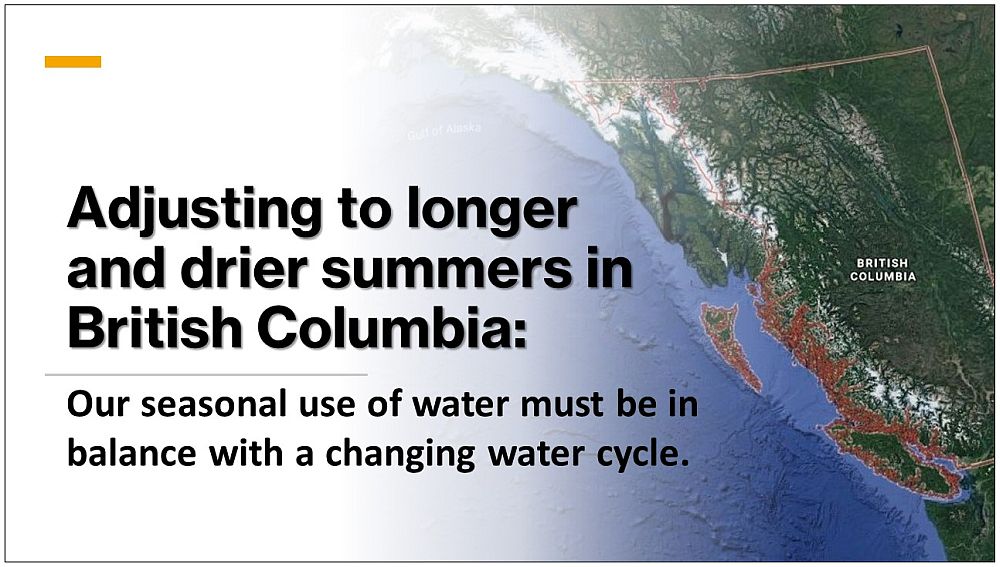
The risks are real. Droughts affect all of us. BC is on fire and streams are drying up. We do not have the luxury of time to implement solutions. And we certainly cannot afford to reinvent the wheel due to generational and/or corporate amnesia. Context and history really do matter because it takes a career to develop perspective and understanding of what works and what does not. Because there is no silver bullet, communities need to do many little things to adapt to the new climate reality.
Over time the cumulative benefits of doing many things will add up. Adapting to “the new reality” requires a far-reaching vison, a well-thought-out blueprint, and a shared commitment to long-term implementation. We describe this approach as “cathedral thinking in action” because the mission is intergenerational in scope. In the coming weeks, we will expand on this theme. Our initial focus will be on groundwater licensing and urban creekshed restoration.

A Look Ahead to Upcoming Stories
Upcoming stories in Waterbucket eNews weave common threads. Foremost is the notion of building bridges of understanding from the past to the present and future. In short, context and history do matter! Upcoming stories focus on “champions” – that is, dedicated individuals who provide leadership and motivate others to strive for the greater good. Without determined champions, nothing gets started and nothing happens.
Key words that capture the essence of upcoming stories are perseverance, dedication, and TIME in capitals. Changes do not happen overnight. It is a journey and journeys take decades – which is why success is measured by the distance travelled, not the distance still to go.
Bowker Creek Blueprint is Beacon of Inspiration (September 21)

Bowker Creek originates at the University of Victoria and flows for 8 km through three municipalities – Saanich, Victoria and Oak Bay. The creekshed is completely urbanized. The impervious area coverage is 56%. Two-thirds of the creek is buried in pipes. Over 30,000 people reside in the surrounding creekshed. The Bowker Creek Blueprint is a 100-year action plan to peel back the pavement, daylight an historical creek, and restore nature within the Victoria urban region on Vancouver Island.
Why is the Bowker Creek Blueprint and 100-Year Action Plan a “beacon of inspiration”? It is the outcome of a unique multi-jurisdictional effort, and this alone is defining. More importantly, it is a story about people who really care and believe in the mission.
Groundwater Users Put on Notice (September 28)
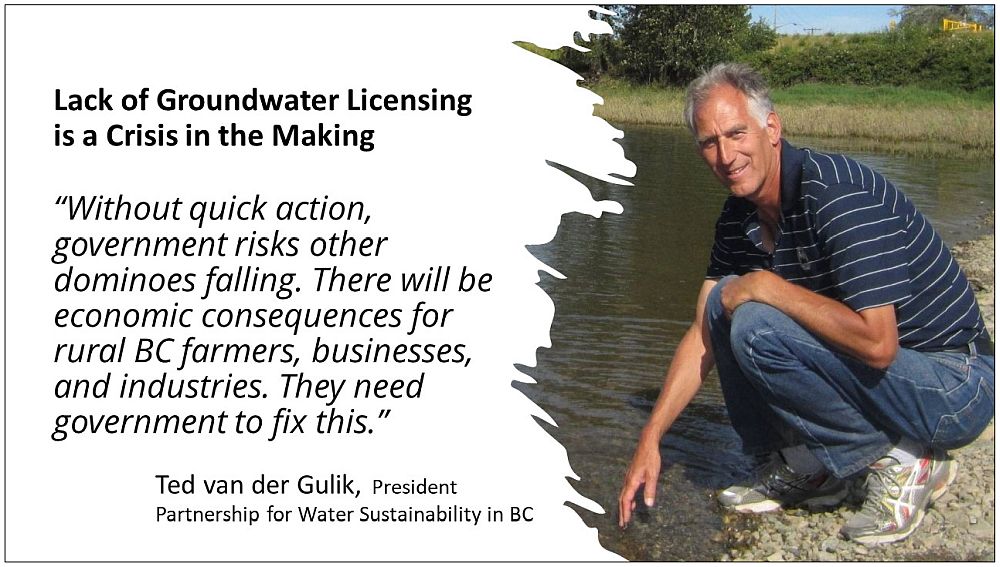
The 6-year transition period for groundwater licensing ends on March 1, 2022. With six months to go, the dilemma is that a mere 1 in 5 small business owners and farmers who rely on groundwater have applied for a licence. But workshops, ‘how-to’ sessions for making an application, ads in local papers, mail campaigns, and information bulletins on a government website are clearly not reaching groundwater users.
The Partnership for Water Sustainability has developed a Primer on groundwater licensing. It lays out WHAT must happen in the way of game-changing solutions. In an upcoming presentation to the Select Standing Committee on Finance and Government Services, the Partnership will spell out HOW groundwater licensing should be funded and implemented beginning with Budget 2022.
Operationalizing EAP, the Ecological Accounting Process, within an Asset Management Plan (October)
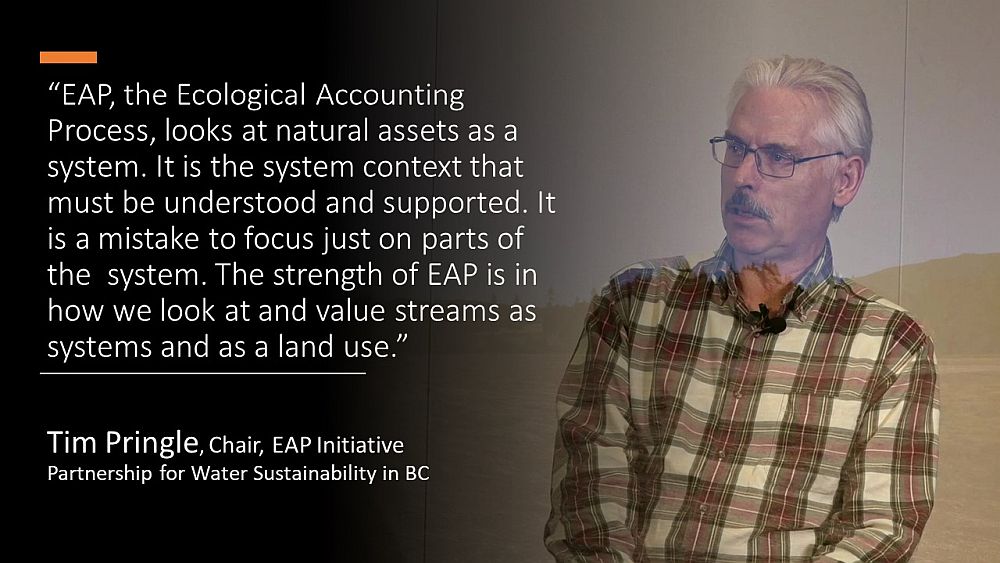
EAP is a methodology plus meaningful metrics for measuring the Riparian Deficit. This is a new concept. It is the environmental equivalent of the Infrastructure Liability (Deficit) for constructed assets. Simply put, EAP provides the basis for establishing budgets for maintenance and management, or M&M, of stream corridor systems. Through the case study building blocks approach that has defined the EAP program, a number of hydra-like concepts have been tamed to become the Riparian Deficit.
The EAP program is the culmination of a 25-year journey that began with publication of seminal research by Chris May and Rich Horner in 1996. They correlated land use changes with impacts on stream condition. They also ranked the four limiting factors that provide a road map for science-based action. Their findings are embedded in Stormwater Planning: A Guidebook for British Columbia and continue to guide the Beyond the Guidebook initiative.
What Happens If They Don’t Know What They Don’t Know? (October)

Each new generation lacks direct knowledge of the historical condition of the environment, and how this lack of understanding plays out as a ‘failure to notice change’. Every generation is handed a world that has been shaped by their predecessors – and then seemingly forgets that fact. New generations also have a habit of collectively forgetting how positive social change comes about through the dogged activism of minorities once shunned. There is another more subtle form of amnesia, the kind that happens when projects and programs are handed off from one work group to another. Is it “corporate amnesia”, “mandate amnesia”, or perhaps even something else?
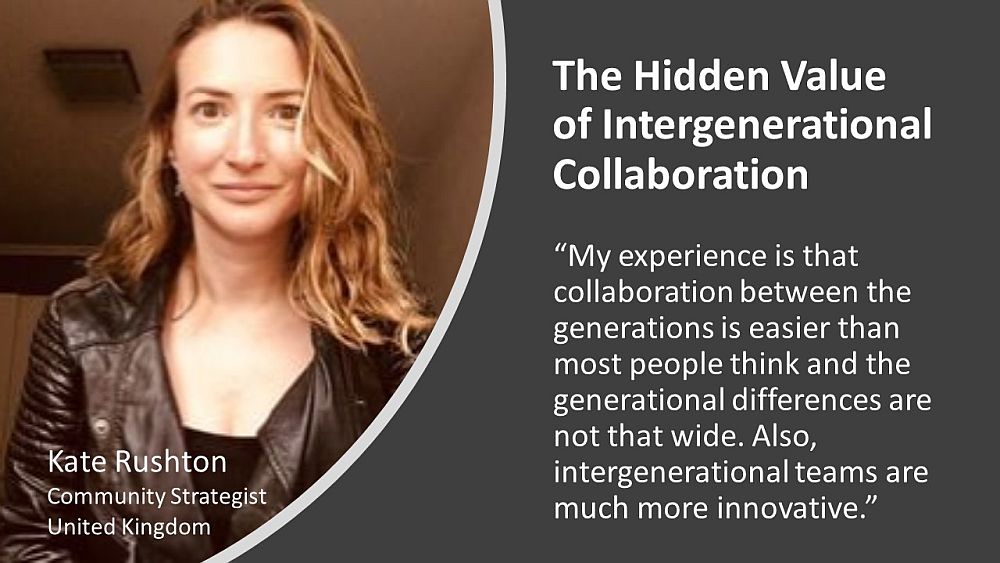
DOWNLOAD A COPY
https://waterbucket.ca/cfa/wp-content/uploads/sites/3/2021/09/PWSBC_Living-Water-Smart_Climate-Reality_2021.pdf

About the Partnership for Water Sustainability in BC
Incorporation of the Partnership for Water Sustainability in British Columbia as a not-for-profit society on November 19, 2010 was a milestone moment. Incorporation signified a bold leap forward. The Partnership evolved from a technical committee in the 1990s, to a “water roundtable” in the first decade of the 2000s, and then to a legal entity. The Partnership has its roots in government – local, provincial, federal.
The umbrella for Partnership initiatives and programs is the Water Sustainability Action Plan for British Columbia. In turn, the Action Plan is nested within Living Water Smart, British Columbia’s Water Plan. Released in 2008, Living Water Smart was the provincial government’s call to action, and to this day transcends governments.
Conceptual Framework for Inter-Generational Collaboration
Technical knowledge alone is not enough to resolve water challenges facing BC. Making things happen in the real world requires an appreciation and understanding of human behaviour, combined with a knowledge of how decisions are made. It takes a career to figure this out.
The Partnership has a primary goal, to build bridges of understanding and pass the baton from the past to the present and future. To achieve the goal, the Partnership is growing a network in the local government setting. This network embraces collaborative leadership and inter-generational collaboration.
Application of Experience, Knowledge and Wisdom
The Partnership believes that when each generation is receptive to accepting the inter-generational baton and embracing the wisdom that goes with it, the decisions of successive generations will benefit from and build upon the experience of those who went before them.
The Partnership leadership team brings experience, knowledge, and wisdom – a forceful combination to help collaborators reach their vision, mission, and goals for achieving water sustainability. When they are successful, the Partnership is successful.
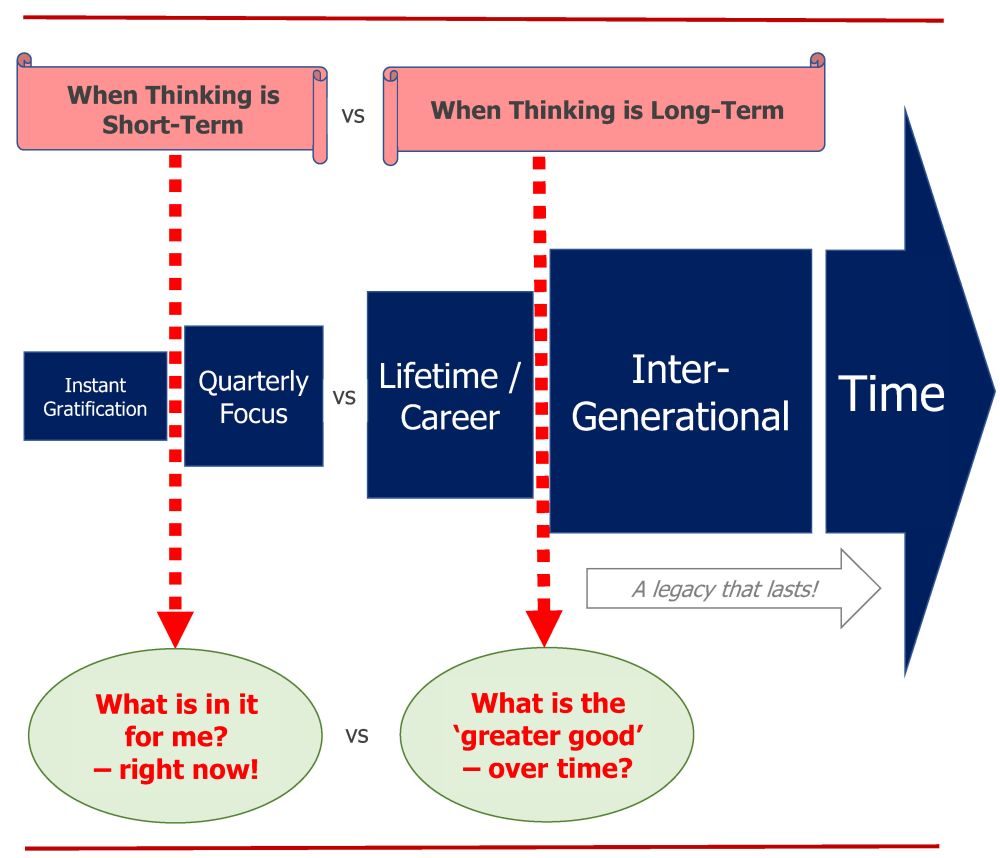
The Time Continuum graphic (above) conceptualizes the way of thinking that underpins the inter-generational mission of the Partnership for Water Sustainability. Influence choices. Capitalize on the REACHABLE and TEACHABLE MOMENTS to influence choices.
TO LEARN MORE, VISIT: https://waterbucket.ca/about-us/
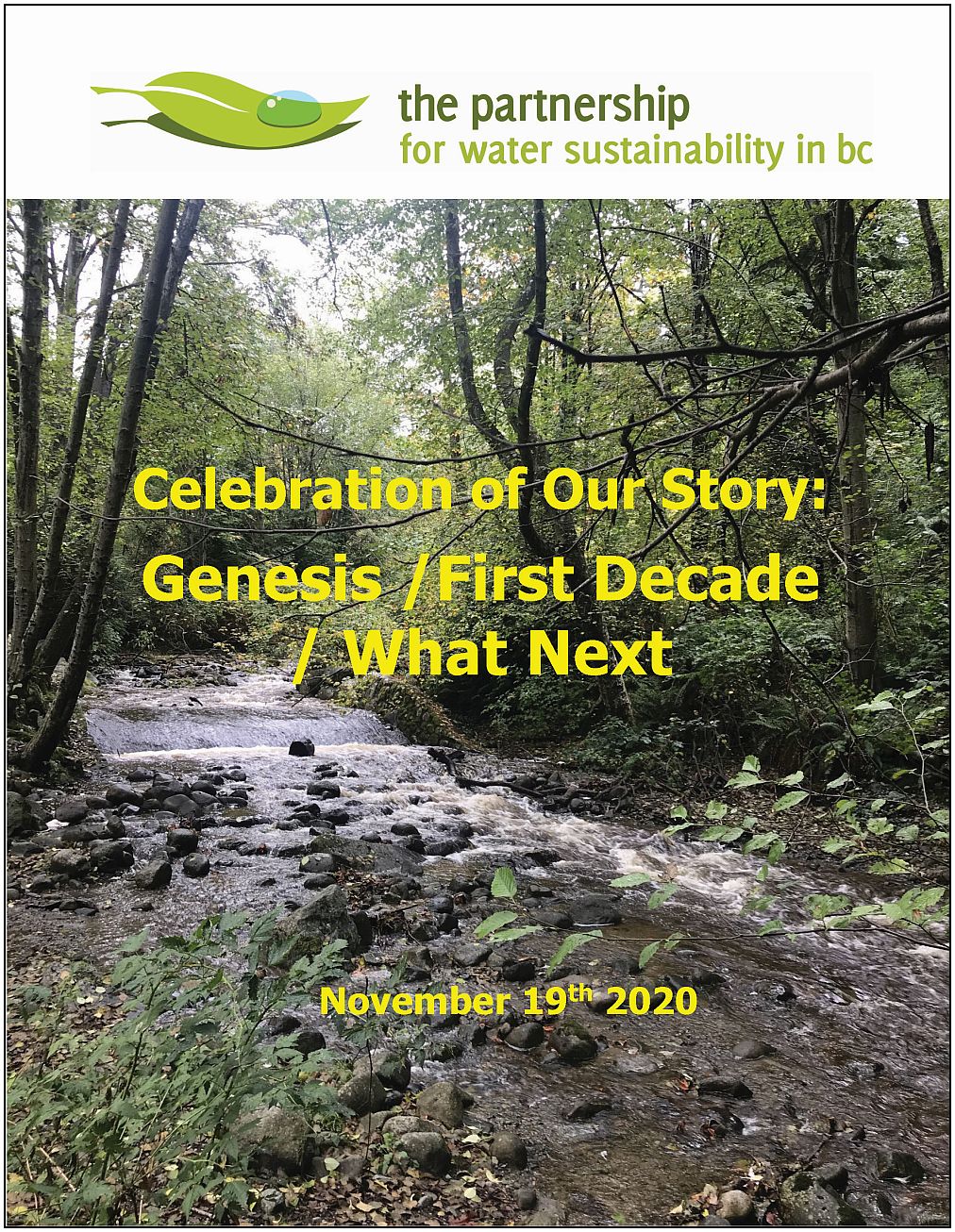
DOWNLOAD: https://waterbucket.ca/atp/wp-content/uploads/sites/9/2020/11/PWSBC_Story-of-First-Decade_Nov-2020.pdf


